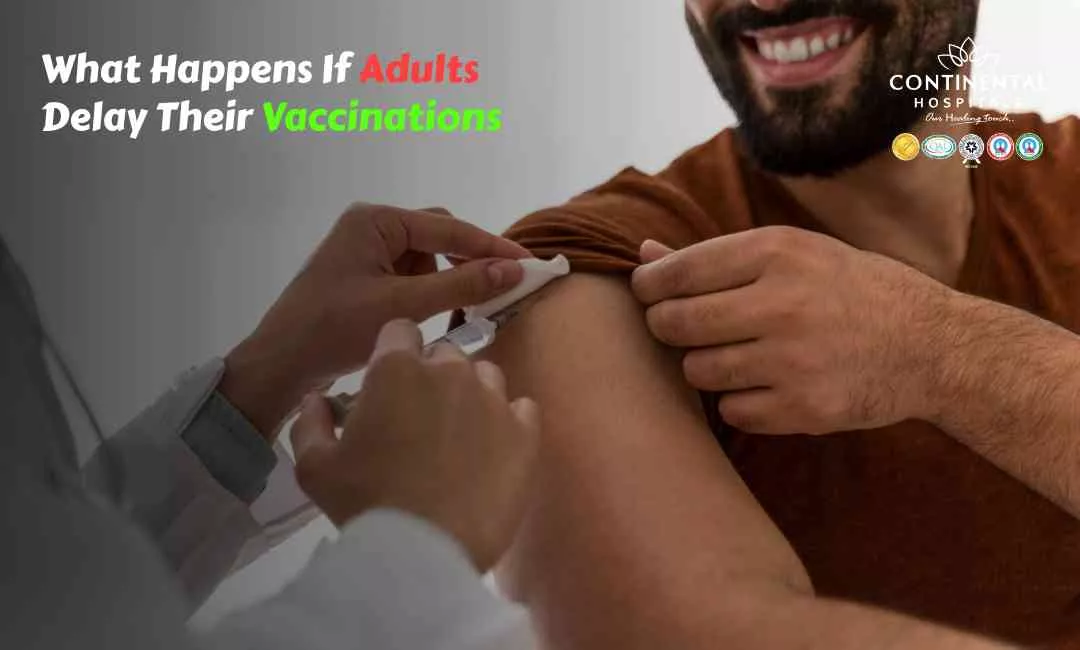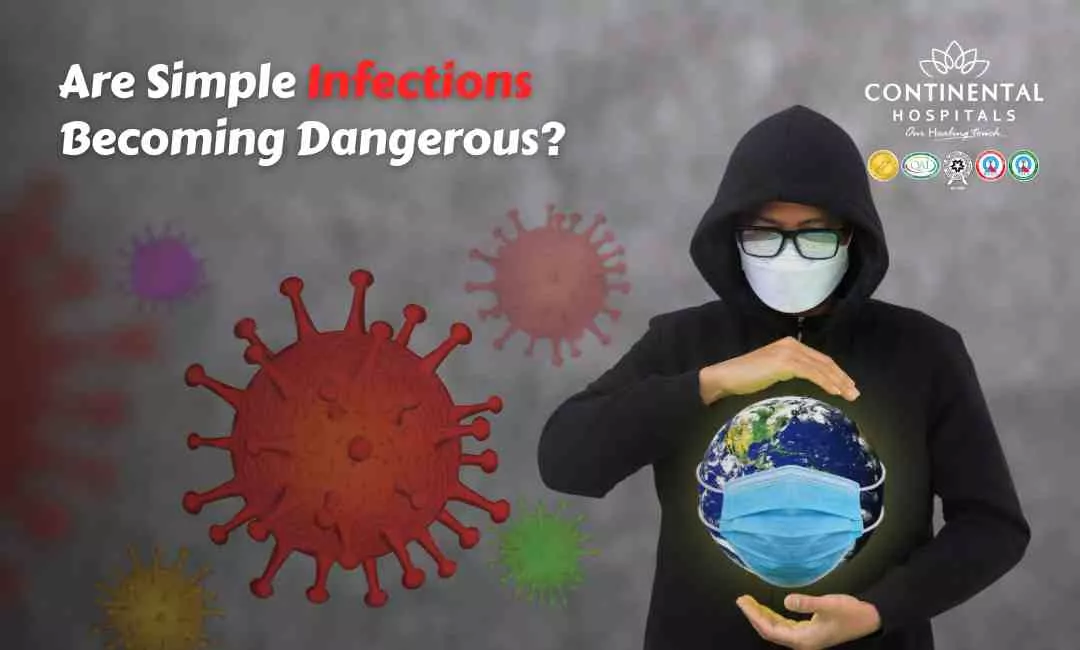Each year, World Neuroendocrine Cancer Day aims to raise awareness about a relatively rare but significant form of cancer: neuroendocrine cancer. Neuroendocrine cancer can affect multiple organs and presents unique challenges due to its complexity and often slow-growing nature. Observed worldwide, this day serves as a reminder of the importance of early diagnosis, education, and understanding to improve outcomes for those affected.
The Importance of World Neuroendocrine Cancer Day
Neuroendocrine tumors (NETs) may not be as commonly discussed as other cancers, but the impact on those diagnosed is profound. This type of cancer develops from cells in the neuroendocrine system, which has roles in both the nervous and endocrine (hormonal) systems. Neuroendocrine cells are found in various organs, and tumors can arise almost anywhere, but the gastrointestinal tract and lungs are the primary locations. They constitute approximately 0.5% of all cancers globally. Given their rarity, they often go unrecognized, which leads to delayed diagnoses and missed opportunities for early intervention.
Neuroendocrine cancers are complex, as they often present with vague symptoms that mimic other conditions, such as digestive issues or respiratory problems. Because of this, it can take up to five years from the initial symptoms for a patient to receive an accurate diagnosis. As a result, nearly half of patients (46%) are diagnosed at an advanced stage, where curative treatment is less likely.
World Neuroendocrine Cancer Day is vital for addressing this issue by focusing on:
🥗 Healthy Plate Challenge
🍽 Add Your Favorite Dish
Pick Your 6 favorite foods, eat, and see the results.Drag & drop foods onto your plate.
Drop Food Here
Raising awareness: Greater public and medical awareness can help reduce diagnostic delays.
Encouraging early diagnosis: Early detection improves the chances of successful treatment and potentially curative outcomes.
Providing support and education: Patients and their families need resources and knowledge to manage the journey effectively.
History of World Neuroendocrine Cancer Day
World Neuroendocrine Cancer Day was established by neuroendocrine cancer organizations, patient advocacy groups, and healthcare professionals to provide a global platform to spotlight this under-recognized disease. It is observed annually on November 10th, with events, informational campaigns, and educational materials distributed worldwide.
This day originated as part of a larger movement by NET patients and supporters who sought to make neuroendocrine cancer more visible. Previously, there was little to no awareness of NETs outside of specialist circles, which contributed to the lack of research funding, treatment advancements, and patient support options. Through the collaborative efforts of various stakeholders, this day now serves as an annual focal point, giving patients, advocates, and medical professionals a unified voice.
Global observances typically include:
Public seminars and workshops: Informing people about the symptoms, risks, and treatments of neuroendocrine cancer.
Social media campaigns: Using hashtags like #WorldNETCancerDay to spread awareness and connect patients across the globe.
Fundraisers and support activities: Helping to raise funds for research, patient support, and education.
Preventive Measures and Early Detection of Neuroendocrine Cancer
While certain lifestyle choices and health behaviors can reduce the risk of many common cancers, neuroendocrine cancers are not as easily preventable. The reasons for developing NETs are not entirely clear, as they don’t follow traditional cancer risk factors like smoking, alcohol, or diet alone. However, understanding the symptoms and being proactive about health can help in catching signs early.
Some general measures for better outcomes with NETs include:
Knowing the Symptoms: Neuroendocrine cancer symptoms vary based on the tumor's location and hormone secretion patterns. Common signs include abdominal pain, diarrhea, skin flushing, respiratory issues, and unexplained weight loss. Patients who experience these symptoms persistently should seek medical evaluation.
Regular Medical Check-ups: For individuals with a family history of endocrine or neuroendocrine conditions, regular screenings may help catch tumors at an early stage. While neuroendocrine cancers are rare, understanding one’s risk factors and prioritizing health check-ups can be beneficial.
Genetic Counseling for High-Risk Individuals: In rare cases, certain genetic mutations may increase the likelihood of neuroendocrine tumors. If neuroendocrine cancer has occurred in the family, consulting a genetic counsellor could be valuable in understanding personal risk and options for monitoring.
Lifestyle and Health Management: While lifestyle changes alone may not prevent neuroendocrine cancer, maintaining overall health can improve resilience against various diseases. A balanced diet, regular exercise, and managing stress contribute to a healthy immune system, which can play a role in detecting and managing tumors.
Understanding the Basics of Neuroendocrine Cancer
Neuroendocrine tumors are unique due to their origins in neuroendocrine cells, which release hormones into the bloodstream to regulate various bodily functions. Although these tumors make up only about 0.5% of all cancers, they have some notable characteristics:
Prevalence and Location: The gastrointestinal tract accounts for 62-67% of primary neuroendocrine tumor cases, while the lungs represent 22-27%. Interestingly, these tumors have a slightly higher incidence in women under 50, particularly in specific locations such as the appendix.
Slow-Growing Nature: Many neuroendocrine tumors grow slowly, sometimes taking years to develop symptoms. Unfortunately, this also means that they’re often diagnosed late.
Hormonal Effects: Because they arise from hormone-producing cells, NETs can cause specific hormonal symptoms, such as skin flushing, changes in blood pressure, and abnormal blood sugar levels, which vary based on the type of hormone secreted.
Challenges and Hope for the Future
Diagnosing and treating neuroendocrine cancer is challenging. Because these tumors are rare and symptoms overlap with many other health conditions, delays in diagnosis are common. Some patients see multiple doctors and undergo various tests before receiving the correct diagnosis. By the time neuroendocrine tumors are identified, they’re often in advanced stages, which limits treatment options.
The delayed diagnosis rate highlights the need for World Neuroendocrine Cancer Day. Increased awareness and education among the public and healthcare providers can potentially reduce these delays, allowing for earlier detection and improved patient outcomes.
Moving Forward: How You Can Help
There are many ways to support the mission of World Neuroendocrine Cancer Day and make a difference:
Learn and Share: Educate yourself about neuroendocrine cancer, its symptoms, and the importance of early detection. Sharing this knowledge with friends and family can contribute to broader awareness.
Support Patient Advocacy Organizations: Organizations dedicated to neuroendocrine cancer research and patient support rely on public donations and volunteer support. Contributing to these groups can help expand research and provide much-needed resources for those affected.
Participate in Awareness Campaigns: Engaging in online campaigns or local events for World Neuroendocrine Cancer Day is a great way to show solidarity and help amplify the cause.
Conclusion
World Neuroendocrine Cancer Day plays a critical role in raising awareness about this rare cancer type, emphasizing the need for early diagnosis, research, and support. By learning more and spreading awareness, each of us can contribute to a world where neuroendocrine cancer patients face shorter diagnostic journeys, better treatments, and greater hope for the future.
If you are suffering from symptoms that could indicate neuroendocrine cancer, it's crucial to speak to our best cancer specialist.
.webp)














